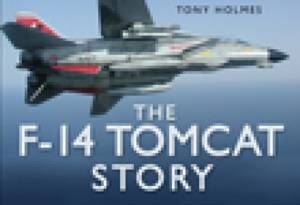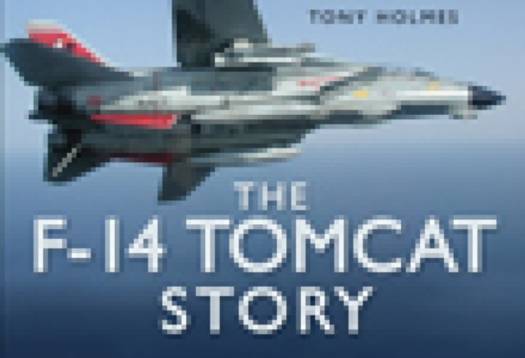
- Afhalen na 1 uur in een winkel met voorraad
- Gratis thuislevering in België vanaf € 30
- Ruim aanbod met 7 miljoen producten
- Afhalen na 1 uur in een winkel met voorraad
- Gratis thuislevering in België vanaf € 30
- Ruim aanbod met 7 miljoen producten
Zoeken
Omschrijving
Designed to improve on the F-4 Phantom's air combat performance, the Tomcat entered service with the U.S. Navy in 1974, replacing the F-4 Phantom II. The winning Grumman design reused the TF30 engines from the F-111B, though the Navy planned on replacing them with the F401-PW-400 engines then under development by Pratt and Whitney for the Navy. Though lighter than the F-111B, it was still the largest and heaviest U.S. fighter to ever fly from an aircraft carrier. The F-14 had its first kills on August 19, 1981, over the Gulf of Sidra and went on to serve in Operation Desert Storm, Operation Enduring Freedom over Afghanistan, and Operation Iraqi Freedom. The only F-14 loss in combat was when a crew was shot down over Iraq, the pilot rescued by Special Forces and the RIO held as a POW until the end of the war. This book tells the story of this fascinating aircraft which still serves in Iran's Air Force today.
Specificaties
Betrokkenen
- Auteur(s):
- Uitgeverij:
Inhoud
- Aantal bladzijden:
- 128
- Taal:
- Engels
- Reeks:
Eigenschappen
- Productcode (EAN):
- 9780752449852
- Verschijningsdatum:
- 29/04/2010
- Uitvoering:
- Hardcover
- Formaat:
- Genaaid
- Afmetingen:
- 185 mm x 127 mm
- Gewicht:
- 272 g

Alleen bij Standaard Boekhandel
+ 25 punten op je klantenkaart van Standaard Boekhandel
Beoordelingen
We publiceren alleen reviews die voldoen aan de voorwaarden voor reviews. Bekijk onze voorwaarden voor reviews.








